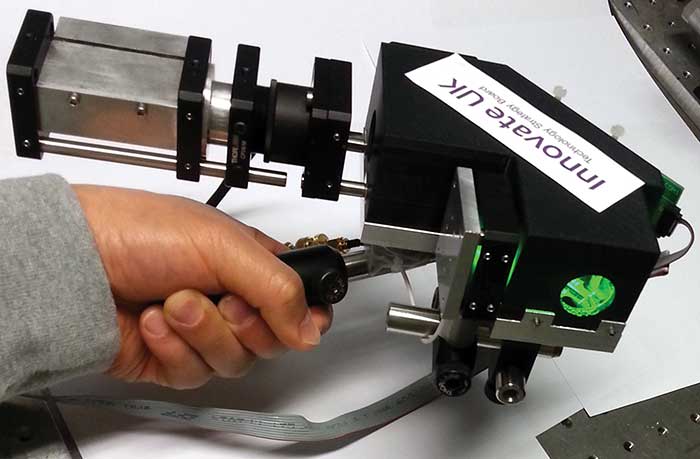Quantum key distribution as well as emerging techniques that harness temporal cloaking and optomechanical crystals vie for securing optical communications.
 Much of the world’s communications travel by light. So, data carried on photons moving through free space or over fiber must be made as secure as possible. Quantum key distribution helps do that. Also, security improvements via temporal cloaking and optomechanical crystals are on the horizon.
Much of the world’s communications travel by light. So, data carried on photons moving through free space or over fiber must be made as secure as possible. Quantum key distribution helps do that. Also, security improvements via temporal cloaking and optomechanical crystals are on the horizon.
However, even when these and other new methods are deployed, there will still be gaps in the data armor. For that reason, a layered defense is best, such as the use of multiple levels of encryption, said Gregory Kanter, CEO of Evanston, Ill.-based NuCrypt LLC. The company was founded to commercialize a high-speed optical encryption device and now supplies quantum optics products.
Security involves trade-offs. Consider free space optics, with a transmitter and receiver communicating over a light beam. That configuration can enhance security.
“Typically, the eavesdropper has to be physically in the line of sight,” Kanter said.
Thus, if the beam has a small cross section, it can be difficult and expensive for an attacker to intercept. The downside, though, is that a tighter beam is harder to align, making it more difficult to use.
Something similar happens with optical fiber. It must be physically tapped, and that can be detected by, for instance, sending a signal down the line and looking to see if some unexpected result comes back. In practice, though, the system must be designed with margin, which makes spotting anything but a big tap difficult. What’s more, this assumes a network is completely clean of unwanted or unknown taps to begin with. That may not be a safe assumption in today’s world, according to Kanter.
Thus, if the beam has a small cross section, it can be difficult and expensive for an attacker to intercept. The downside, though, is that a tighter beam is harder to align, making it more difficult to use.
Member Exclusive: To read the complete article, please Login or Register